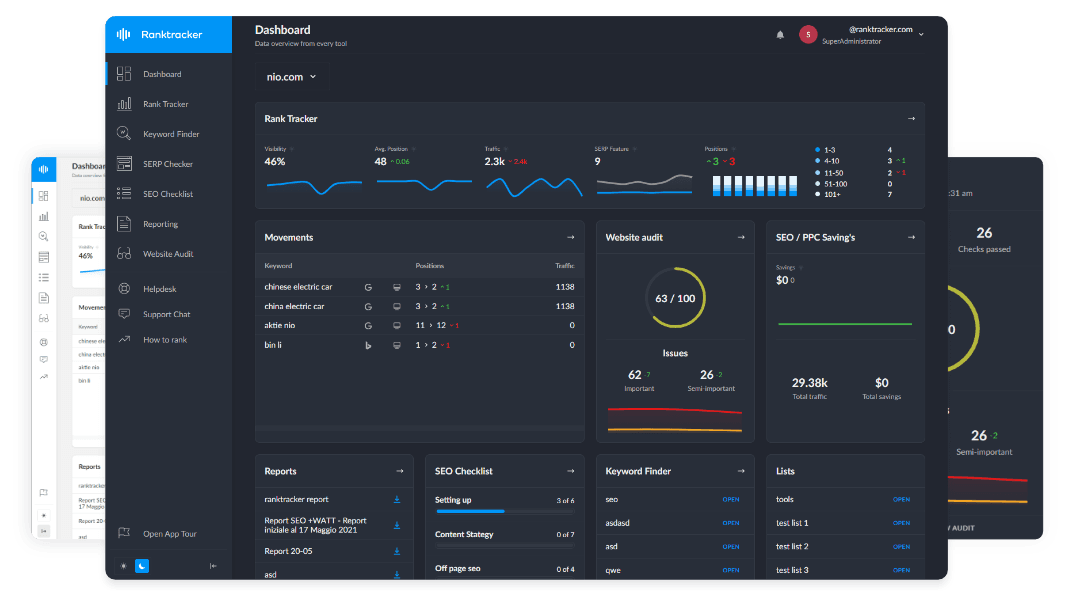Intro
Word proximity refers to the distance between words or phrases within content. Search engines analyze how close related terms appear to each other to determine contextual relevance and search intent. The closer the keywords, the stronger their connection, impacting rankings.
Why Word Proximity Matters for SEO:
- Helps search engines better understand phrase relationships.
- Affects how Google ranks content for exact and partial keyword matches.
- Influences search intent recognition and NLP-based content evaluation.
How Search Engines Use Word Proximity
1. Phrase-Based Indexing & Exact Match Ranking
- Google prioritizes results where keywords appear close together.
- Example:
- Query: "Best SEO software tools"
- A page with "Best SEO software tools available" will rank higher than one with "Best tools for SEO software" due to closer proximity.
2. Partial Matching & Semantic Understanding
- Search engines allow some flexibility in word placement for keyword variations.
- Example:
- "On-page SEO optimization" may rank for "SEO optimization on-page."
3. Contextual Search Relevance & Intent Matching
- Google analyzes surrounding words to refine search intent.
- Example:
- "Buy fast gaming laptop" will favor results with "Buy a fast gaming laptop" over just "gaming laptop reviews."
4. Keyword Proximity in Anchor Text & Internal Links
- Word placement in anchor text affects link relevance.
- Example:
- "Learn about technical SEO audits" is stronger than "Read about SEO audits that are technical."
5. Voice Search & Natural Language Optimization
- NLP models prioritize conversational phrasing with natural word proximity.
- Example:
- "How do I improve website rankings?" → Prefers content that mirrors natural spoken patterns.
How to Optimize for Word Proximity in SEO
✅ 1. Maintain Logical & Natural Keyword Placement
- Avoid keyword stuffing while ensuring keywords appear naturally.
- Example:
- Use "Best link-building strategies" instead of "Best strategies for link-building that help SEO."
✅ 2. Use Keyword Variations Without Disrupting Flow
- Google understands word variations but favors close-proximity usage.
- Example:
- "How to increase organic traffic fast" ranks better than "Fast ways to boost traffic organically."
✅ 3. Optimize Headings & Subheadings for Proximity
- Ensure key terms appear in close proximity within H1s and H2s.
- Example:
- "Top SEO tools for keyword tracking" over "Best tools for tracking SEO keywords."
✅ 4. Structure Internal Links for Proximity & Relevance
- Anchor text should maintain logical keyword placement.
- Example:
- "Guide to mobile SEO optimization" → Links to "Mobile SEO best practices."
✅ 5. Monitor Query Trends & Adjust Content Accordingly
- Use Google Search Console to track keyword placement trends.
- Example:
- If "SEO strategy guide" ranks better than "Guide to SEO strategies," adjust content accordingly.
Tools to Optimize for Word Proximity in SEO
- Google NLP API – Analyze how search engines process keyword proximity.
- Ranktracker’s Keyword Finder – Discover optimal keyword placement trends.
- Ahrefs & SEMrush – Track keyword proximity impact on rankings.
Conclusion: Leveraging Word Proximity for SEO Success
Word proximity plays a crucial role in search relevance, keyword intent matching, and phrase-based indexing. By optimizing keyword placement, structuring internal links strategically, and ensuring natural language usage, websites can improve search rankings and user engagement.

